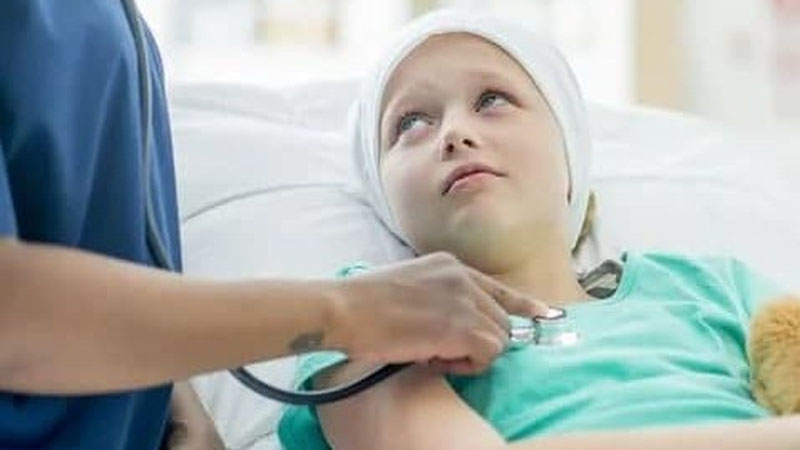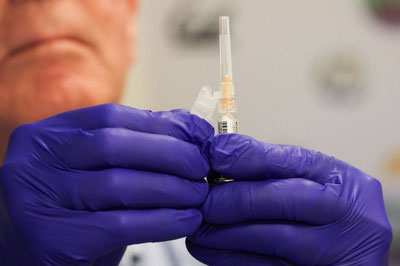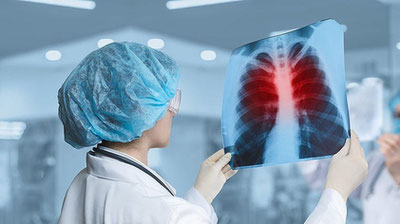According to the Press Service of the Ministry of Health, diseases of this kind are becoming increasingly common among the population of Uzbekistan.
The Republican Specialized Scientific and Practical Medical Center of Hematology is considered the leading medical institution in our country for providing hematologic and transfusiological support to such patients, early detection of diseases, and effective treatment.
The director of the center, Miralisher Islamov, provided information about the most important achievements made during the first quarter of this year:
— Last year, for the first time in our center, allogeneic and haploidentical stem cell transplantation was initiated. In total, stem cell transplantation was performed for 47 patients with oncological diseases.
It should be noted that when the genotypes of patients' siblings and relatives do not match, stem cells from the bone marrow of unrelated individuals are used. The cost of haploidentical stem cell transplantation procedures ranges from 100,000 to 250,000 US dollars in foreign clinics.
Another important innovation: this year, for the first time in Uzbekistan, the most rare allogeneic bone marrow stem cell transplantation was conducted for 3 patients suffering from aplastic anemia (bone marrow failure). Currently, these patients are under outpatient surveillance, and their condition is good.
In addition, a microbiological laboratory was established at the center, and methods for conducting highly technological automated analyses within 72 hours were implemented.
Also, 10 high-tech diagnostic and 8 high-tech treatment methods were introduced. A Eurasian patent was obtained for a development related to leukemia treatment.
At the center, 6 allogeneic and 3 autologous stem cell transplantations were performed. Among these, the most unique were 3 allogeneic and haploidentical stem cell transplantation procedures conducted for the first time in patients with aplastic anemia.
New diagnostic and treatment methods were introduced in regional branches and district medical associations. Among them are the study of the morphology, shape, size, and number of cells in the blood, cytochemical methods for diagnosing leukemia, and sternum trephine biopsy.
Through the deployment of 12 specialists to the regions, new treatment methods were applied in Tashkent, Andijan, Namangan, Fergana regions, and the Tashkent city branch of the Multidisciplinary Medical Center of Hematology. Targeted treatment methods for 211 patients suffering from chronic myeloid leukemia and chelator therapy for 6 patients with thalassemia are being implemented in these regions.
Of course, these achievements did not come about by themselves. They are the result of the relentless research of our specialists.






